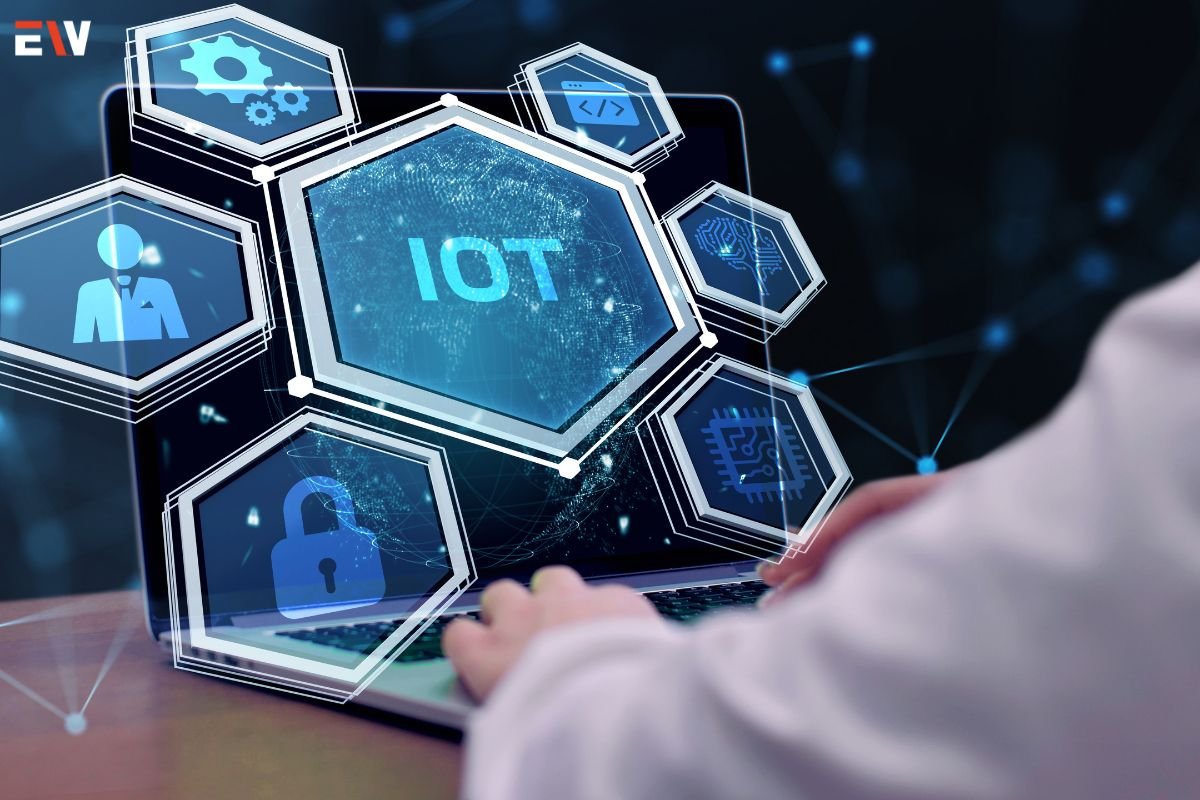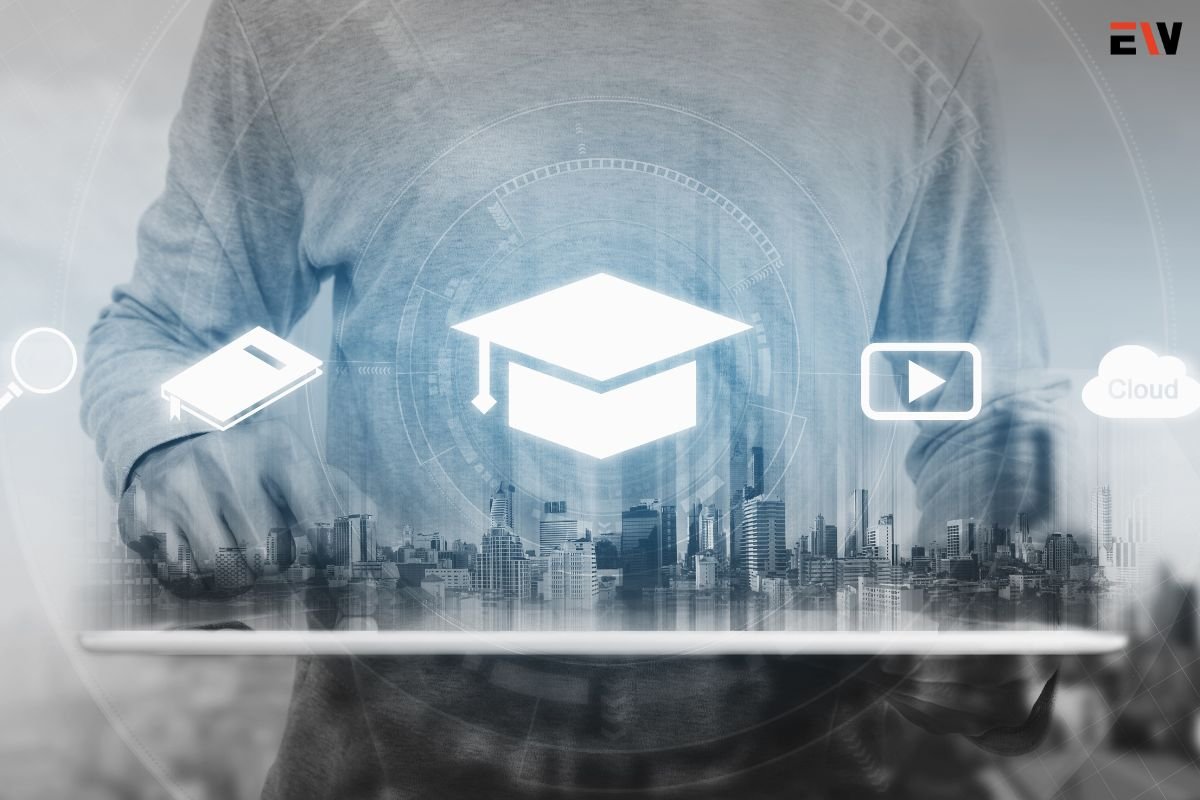The future of education technology (EdTech) is poised to revolutionize the way we teach and learn. As advancements in technology continue to accelerate, they bring about transformative changes in educational practices, making learning more personalized, accessible, and engaging. This article explores the key trends, innovations, and potential impacts of EdTech on the future of education.
Key Trends in the Future of Education Technology
1. Personalized Learning
Personalized learning tailors educational experiences to meet the individual needs, preferences, and learning styles of each student. Leveraging data analytics and artificial intelligence (AI), EdTech platforms can create customized learning paths, recommend resources, and provide real-time feedback.
- Example: Adaptive learning platforms like DreamBox and Khan Academy use algorithms to adjust the difficulty of tasks based on student performance, ensuring an optimal learning pace.
2. Gamification
Gamification incorporates game design elements into educational contexts to enhance student engagement and motivation. By introducing elements such as points, badges, leaderboards, and challenges, gamification makes learning more interactive and enjoyable.
- Example: Duolingo uses gamification to teach languages, incorporating rewards and streaks to keep learners motivated and engaged.
3. Virtual and Augmented Reality (VR/AR)
VR and AR technologies create immersive learning experiences that allow students to explore new environments, conduct virtual experiments, and visualize complex concepts. These technologies can bring abstract subjects to life and provide hands-on learning opportunities.
- Example: Google Expeditions allows students to take virtual field trips to historical sites, outer space, and underwater ecosystems, enhancing their understanding of these environments.
4. Artificial Intelligence and Machine Learning

AI and machine learning are driving innovations in EdTech by enabling intelligent tutoring systems, predictive analytics, and automated grading. These technologies can identify learning gaps, predict student outcomes, and provide personalized support.
- Example: Carnegie Learning’s AI-driven math platform offers personalized tutoring and real-time feedback to help students improve their math skills.
5. Online and Blended Learning
The rise of online and blended learning models provides flexible and accessible education options. Online learning platforms offer courses and degrees that can be completed remotely, while blended learning combines online and face-to-face instruction for a more comprehensive learning experience.
- Example: Coursera and edX offer a wide range of online courses and degree programs from top universities, allowing learners to study at their own pace.
Innovations in Education Technology
1. Learning Management Systems (LMS)
LMS platforms streamline the administration, documentation, tracking, and delivery of educational courses. They provide tools for course creation, student enrollment, progress tracking, and communication.
- Example: Canvas and Moodle are popular LMS platforms that support a variety of educational settings, from K-12 to higher education and corporate training.
2. Blockchain for Credentialing
Blockchain technology offers a secure and transparent way to issue, verify, and share educational credentials. Digital diplomas, certificates, and transcripts stored on the blockchain can reduce fraud and simplify the verification process.
- Example: Learning Machine and Blockcerts provide blockchain-based solutions for issuing and verifying educational credentials.
3. Internet of Things (IoT)

IoT devices can enhance the learning environment by collecting and analyzing data from various sources, such as smart classrooms, wearable devices, and interactive displays. This data can be used to improve classroom management, student engagement, and personalized learning.
- Example: Smart desks equipped with sensors can monitor student posture and focus, providing teachers with insights to adjust the learning environment accordingly.
4. Collaborative Tools
Collaborative tools facilitate teamwork and communication among students and educators, both in and out of the classroom. These tools support project-based learning, peer feedback, and real-time collaboration on assignments.
- Example: Google Workspace for Education offers tools like Google Docs, Sheets, and Slides, allowing students to work together on projects and assignments seamlessly.
5. Data Analytics and Learning Analytics
Data analytics and learning analytics involve the collection, analysis, and interpretation of educational data to inform decision-making and improve learning outcomes. These technologies can help educators identify trends, measure effectiveness, and tailor instruction to meet student needs.
- Example: BrightBytes provides data analytics solutions that help schools and districts measure and improve student outcomes by analyzing various data points.
Potential Impacts of Education Technology
1. Increased Accessibility and Inclusivity
EdTech can break down barriers to education by making learning resources and opportunities more accessible to diverse populations, including students with disabilities, those in remote areas, and non-traditional learners. Assistive technologies, such as screen readers and speech-to-text tools, support inclusive education practices.
2. Enhanced Student Engagement
By incorporating interactive and multimedia elements, EdTech can enhance student engagement and motivation. Technologies like VR, AR, and gamification make learning more dynamic and immersive, capturing students’ attention and fostering a love for learning.
3. Improved Learning Outcomes
Personalized learning and data-driven insights enable educators to address individual learning needs more effectively, leading to improved academic performance and better learning outcomes. Real-time feedback and adaptive learning technologies help students master concepts at their own pace.
4. Lifelong Learning Opportunities
EdTech supports lifelong learning by providing flexible and accessible educational opportunities for individuals of all ages. Online courses, micro-credentials, and professional development programs enable continuous learning and skill development throughout one’s life.
5. Teacher Empowerment
Education technology empowers teachers by providing them with tools and resources to enhance their instructional practices. AI-driven insights, collaborative platforms, and professional development opportunities help teachers stay current with educational trends and improve their effectiveness.
Challenges and Considerations
1. Digital Divide
The digital divide remains a significant challenge, with disparities in access to technology and internet connectivity. Ensuring equitable access to EdTech is crucial to avoid exacerbating existing inequalities in education.
2. Data Privacy and Security
The increasing use of digital tools in education raises concerns about data privacy and security. Protecting student data and ensuring compliance with privacy regulations is essential to maintain trust and safeguard sensitive information.
3. Teacher Training and Professional Development

Effective implementation of EdTech requires comprehensive training and professional development for educators. Teachers need support to integrate technology into their teaching practices and make the most of available tools.
4. Quality Assurance
With the proliferation of online courses and EdTech solutions, ensuring the quality and credibility of educational content is vital. Accreditation, peer reviews, and adherence to educational standards help maintain the integrity of EdTech offerings.
Conclusion
The future of education technology holds immense promise for transforming the way we teach and learn. By leveraging innovations such as personalized learning, AI, VR, and online platforms, EdTech can make education more engaging, accessible, and effective. However, addressing challenges such as the digital divide, data privacy, and teacher training is crucial to realizing the full potential of these technologies.
As we move forward, a collaborative effort among educators, policymakers, and technology providers will be essential to create a future where education technology empowers learners and educators alike, fostering a more inclusive and dynamic learning environment for all.










